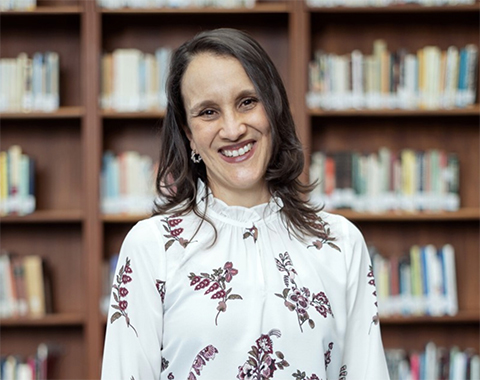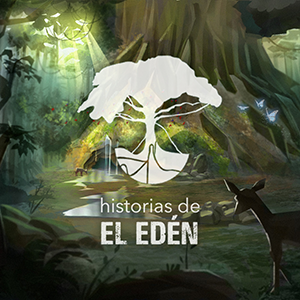Mind Sphere
Role: Co-Investigator & Project Coordinator
Institution: Universidad San Francisco de Quito – Institute of Neuroscience (USFQ)
Period: 2022 – 2025 (Implementation), 2025 – 2027 (Evaluation)
Funding: College of Communication and Contemporary Arts – COCOA and Institute of Neuroscience USFQ
Project Summary
Mind Sphere is an interdisciplinary research project that combines art, technology, psychology, and neuroscience to design and evaluate a multisensory immersive space for stress prevention and emotional well-being among university students. The installation integrates programmable light, sound therapy, and aromatherapy within a human-centered environment, offering students a contemplative space in the midst of daily campus life.
Creative Contribution
Interactive Space Design: Coordination of the sphere and surrounding installation using programmable LEDs, ambient soundscapes, and aromatherapy.
Visual & Spatial Concept:
Re-signification of an abandoned structure into a symbolic metaphor of the Earth, designed to reconnect humans with nature through technology.
Prototype Construction: Oversaw the physical construction of the sphere with floral LED structures, wooden light towers, and integrated sound and scent systems.
Design Research: Applied participatory and user-centered methods to ensure that the installation aligned with relaxation and well-being goals.
Research
In partnership with the Institute of Neuroscience at USFQ, the project developed research protocols to scientifically evaluate the space. The upcoming study (2025–2027) will measure both biometric data (HRV, EEG brainwave activity) and psychological reports (stress perception, memory consolidation) to determine the effectiveness of the immersive installation as a preventive method for stress management.
Impact
Mind Sphere demonstrates the potential of interactive design to address pressing social and mental health challenges. By merging creativity and science, the project redefines how digital art and design can contribute to collective well-being, offering an innovative and accessible alternative to conventional mental health support systems in universities.
Project process
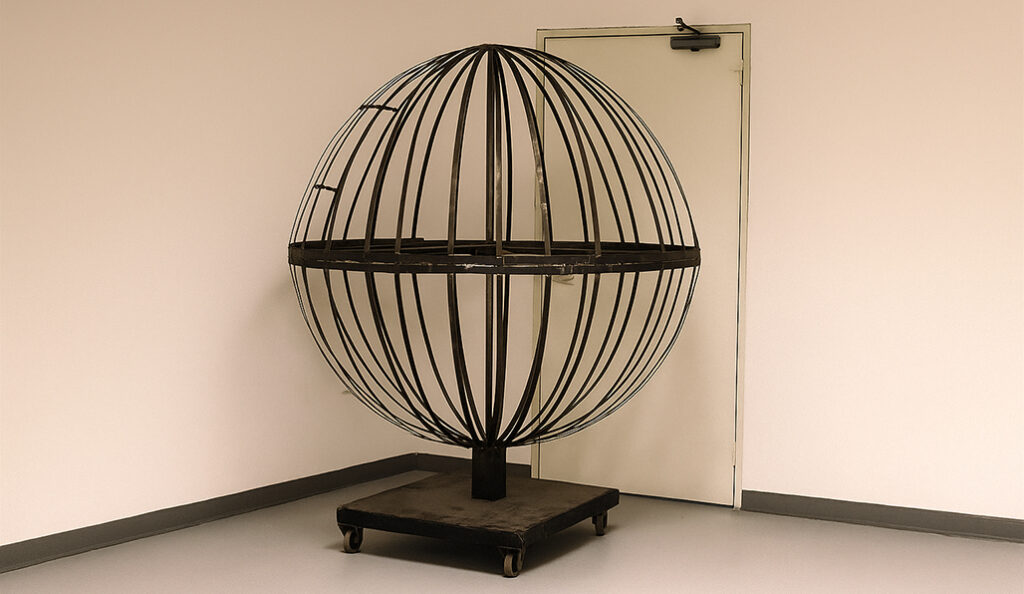
1. Reuse and Re-signification
The existing sphere structure was reimagined with a new purpose. The team redefined its objective, transforming it into the centerpiece of an immersive experience that integrates art, technology, and psychology to enhance the well-being of the university community.
2. Research and Global References
This phase focused on exploring existing spaces for meditation and relaxation around the world. The research analyzed how art and technology are integrated in these environments, providing inspiration and insights to guide the development of the new immersive concept.
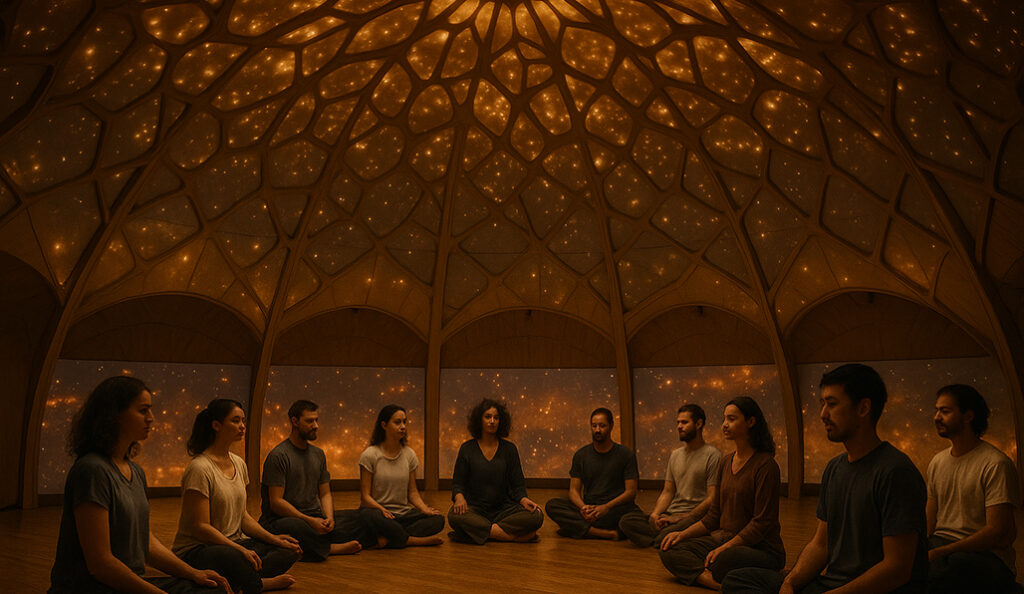
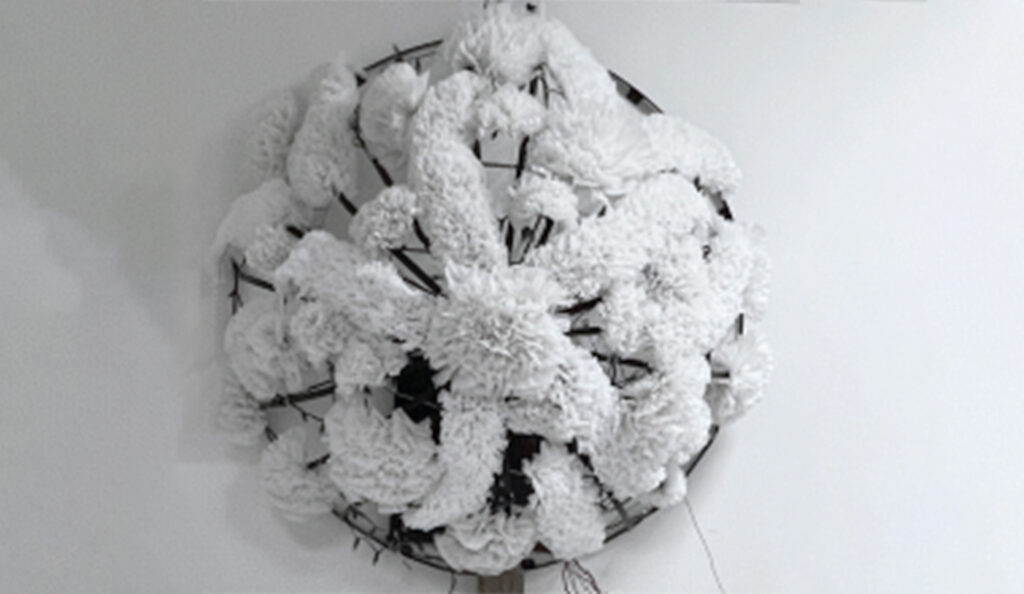
3. Conceptualization of the Project
The sphere was reimagined not only as an architectural element but also as a symbolic metaphor for the Earth. The concept emphasizes reconnection between humans and nature through the thoughtful use of technology. Light, color, and sound were envisioned as immersive tools to transform the sphere into a living, interactive environment.
4. Construction of an Immersive Space
This phase focused on building the light sphere and its surrounding environment. Using Arduino and FastLED technology, programmable LEDs, wooden towers, and ambient sound design, the space was created as a multisensory environment.
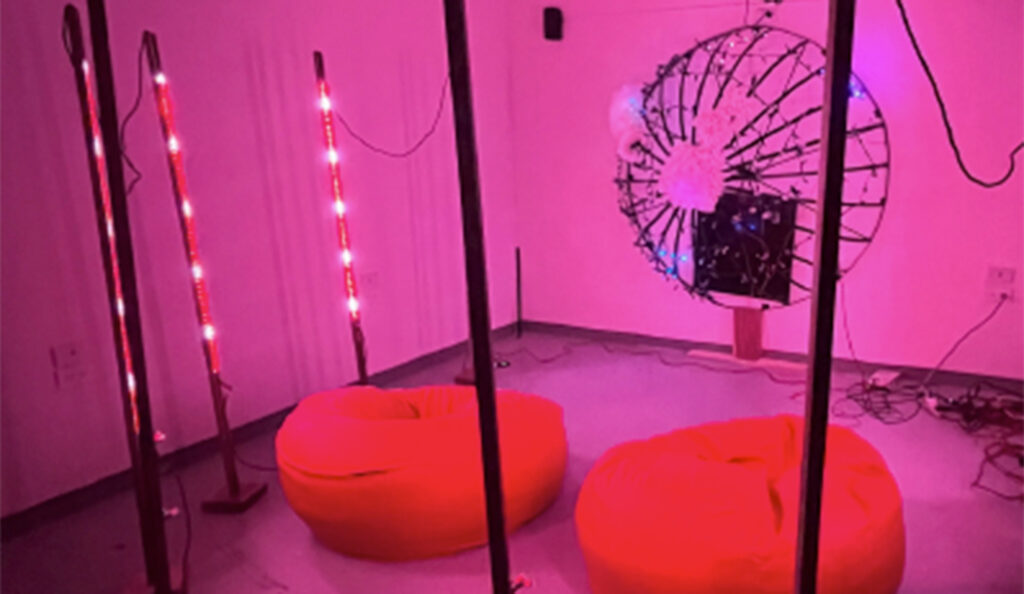
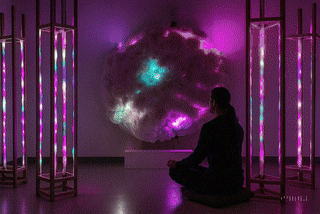
5. Research and Evaluation
In collaboration with the Institute of Neuroscience at Universidad San Francisco de Quito, the next phase will explore how light, sound, and scent within the sphere influence human well-being. Through both scientific data and personal reflections, this phase seeks to confirm how the immersive installation helps participants relax, reconnect, and experience moments of calm in the midst of academic life.
Team
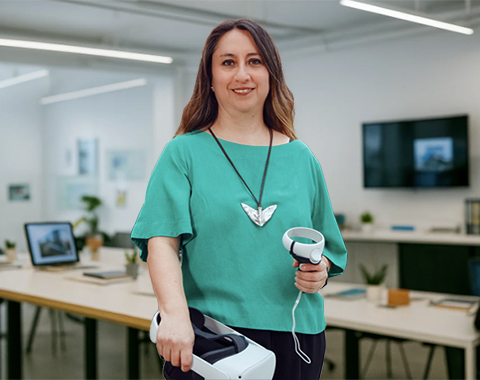
Gabriela Pérez
Co-Investigator & Project Coordinator
I led the academic and creative coordination of the project, from the development of the research proposal to the supervision of the physical space construction and digital systems. The study combines insights from art, psychology, and technology, applying UX design methodologies to prototype and validate a preventive strategy for student mental health.
Iza Páez
Co-Investigator & Lead Artist
Iza was responsible for the overall conceptualization, design, and assembly of the immersive space. Leading a team of artists and collaborators, she constructed the sphere and its interactive environment, integrating both the lighting system and the sound design that define the experience.
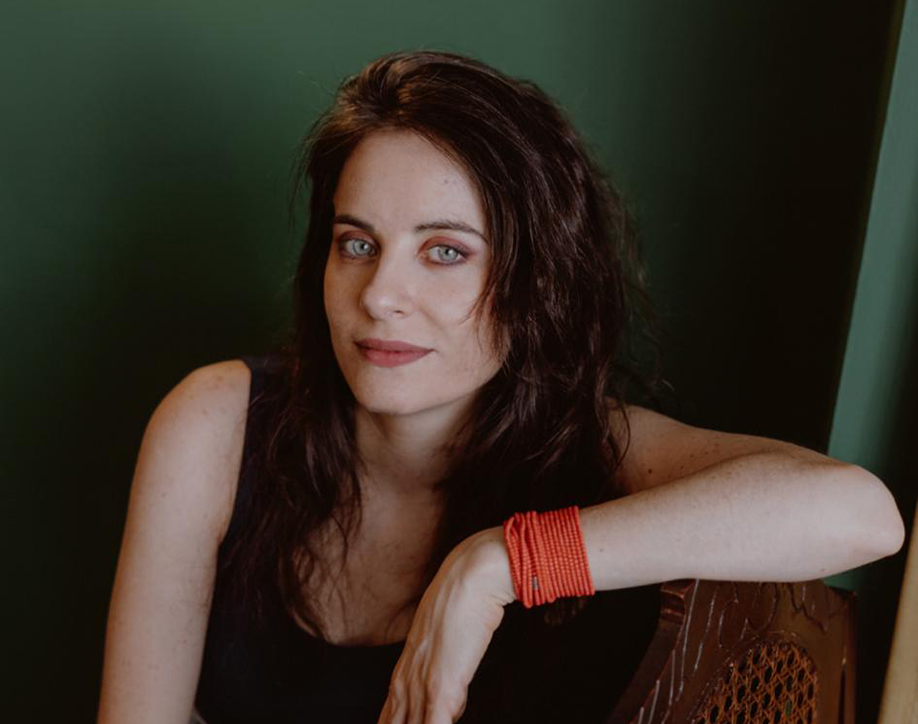
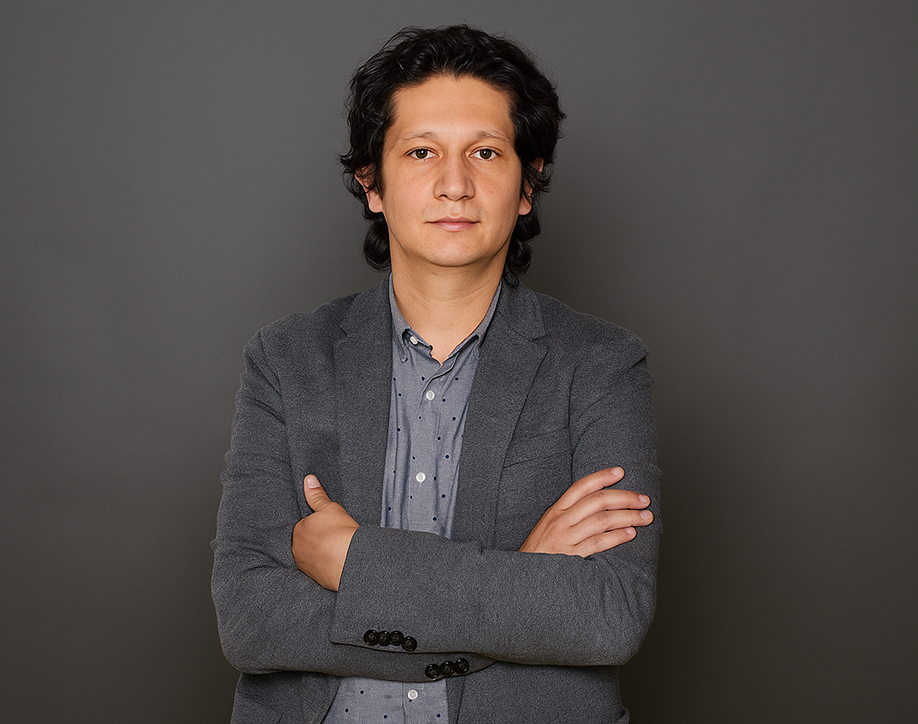
Andrés Parra
Co-Investigator & Technical Lead
As co-researcher, Andrés played a key role in the technological development of the project. Collaborating with Iza Páez, he helped implement and program the lighting system that brings the sphere and immersive environment to life, while also contributing to the technical dimension of the research.
Sol Garcés
Co-Investigator and Coordinator of USFQ’s Institute of Neuroscience
Sol ensured the project’s academic rigor by guiding the approval of research papers and formalizing institutional procedures. She also designed the research protocols and currently leads the evaluation phase, overseeing study group testing to validate the methodology and assess the effectiveness of the intervention.
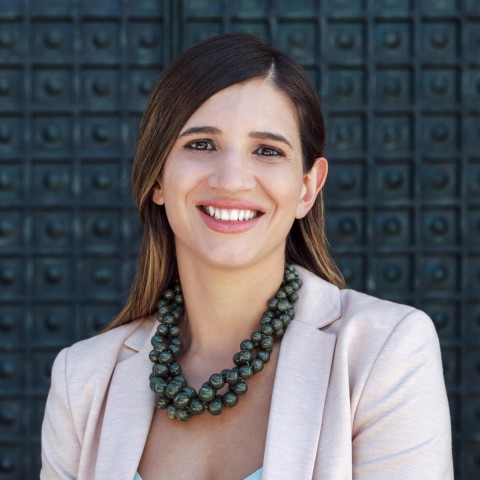

Nergiz Turgut
Co-Investigator and Director of USFQ’s Institute of Neuroscience
Nergiz provided essential support in supervising the formalization of the project’s academic proposal. Working closely with Sol, she oversaw the review and approval processes and contributed to the development of research protocols for the evaluation phase.
Cristina Crespo
Psychology Program Coordinator
Cristina supervised the development of research protocols in collaboration with the Institute of Neurosciences. Her contribution ensured the project’s financial sustainability and the scientific rigor of its methodology.
